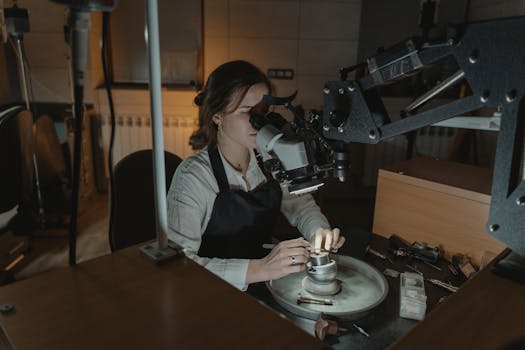
The Role of Design in Luxury Watchmaking: Elevating Timepieces to Artistic Heights
Introduction to Luxury Watchmaking

Luxury watchmaking, or haute horlogerie, is an art form that combines precision engineering, exquisite craftsmanship, and innovative design to create timepieces that are not only functional but also breathtakingly beautiful. The role of design in luxury watchmaking is multifaceted, encompassing both the aesthetic appeal of the watch and its technical complexity. In this article, we will delve into the world of luxury watchmaking and explore the significance of design in creating these extraordinary timepieces.
The Evolution of Luxury Watchmaking

Luxury watchmaking has a rich history that dates back to the 16th century, when watchmakers first began crafting intricate timepieces for the aristocracy. Over the centuries, the art of watchmaking has evolved, with innovations in materials, mechanisms, and design. Today, luxury watchmaking is a global industry, with renowned brands such as Patek Philippe, Rolex, and Audemars Piguet pushing the boundaries of what is possible in terms of design, craftsmanship, and technical complexity.
The Design Process in Luxury Watchmaking

The design process in luxury watchmaking is a painstaking and meticulous process that involves a deep understanding of the brand’s heritage, the target audience, and the technical requirements of the timepiece. Designers must balance the aesthetic appeal of the watch with its technical complexity, ensuring that the timepiece is not only beautiful but also precise and reliable. This involves careful consideration of the watch’s movement, case, dial, and strap, as well as the materials and finishes used.
The Role of Design in Luxury Watchmaking

The role of design in luxury watchmaking is to create a timepiece that is both a work of art and a masterpiece of engineering. Designers must consider the brand’s identity, the target audience, and the technical requirements of the timepiece, as well as the materials and craftsmanship that will be used to bring the design to life. The design process involves a range of skills, from sketching and prototyping to testing and refinement, and requires a deep understanding of the technical and aesthetic aspects of watchmaking.
Techniques and Materials Used in Luxury Watchmaking

Luxury watchmaking involves a range of techniques and materials, from traditional craftsmanship to cutting-edge technology. Watchmakers use a variety of materials, including precious metals, rare gemstones, and high-tech ceramics, to create timepieces that are both durable and beautiful. The use of innovative materials and techniques, such as 3D printing and nanotechnology, is also becoming increasingly common in luxury watchmaking, allowing designers to push the boundaries of what is possible in terms of design and functionality.
Conclusion

In conclusion, the role of design in luxury watchmaking is a crucial aspect of creating exquisite timepieces that are both functional and beautiful works of art. From the initial concept to the final product, design plays a vital role in shaping the aesthetic appeal, technical complexity, and overall character of the watch. As the luxury watchmaking industry continues to evolve, it will be exciting to see how designers and watchmakers push the boundaries of what is possible in terms of design, craftsmanship, and technical innovation.



